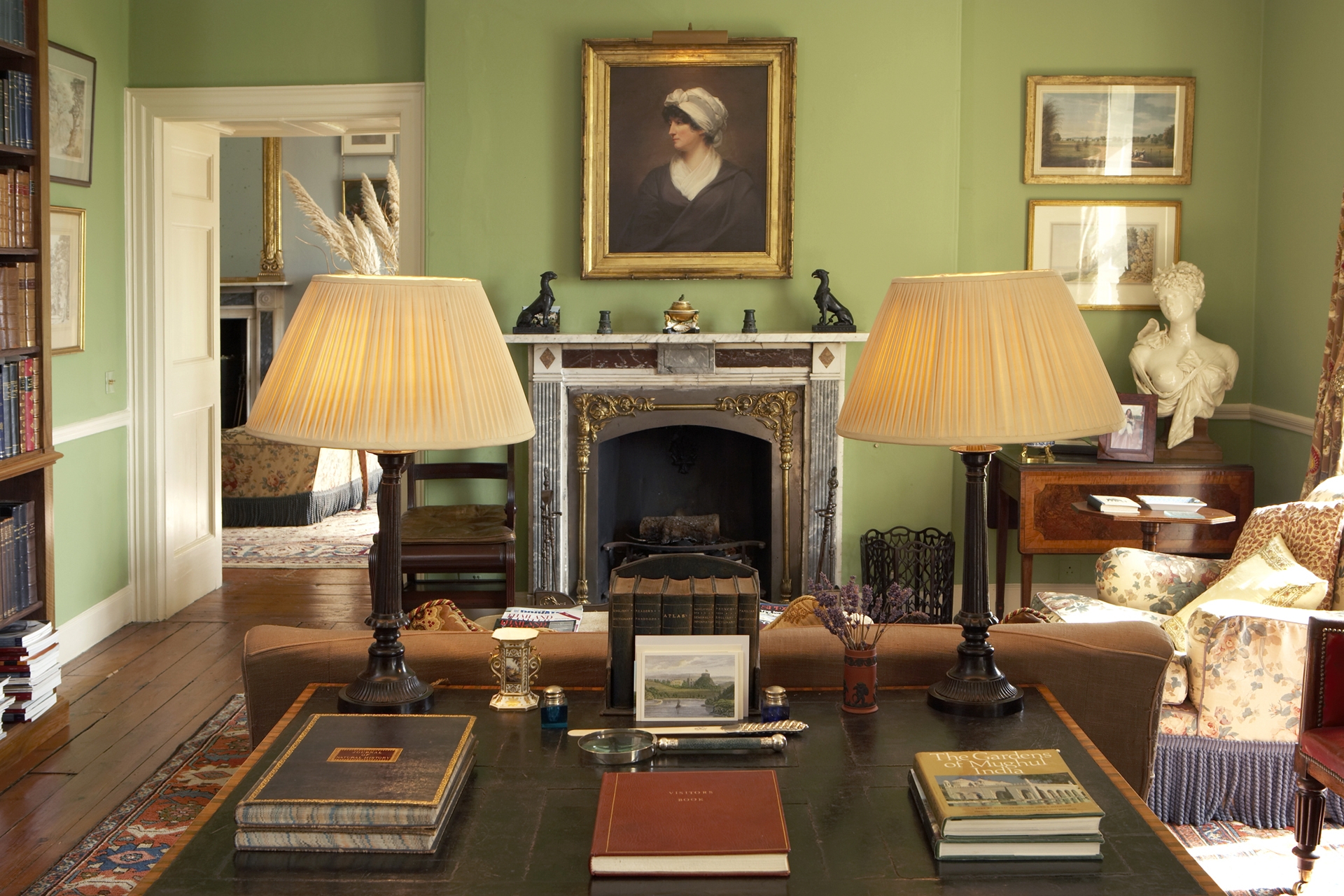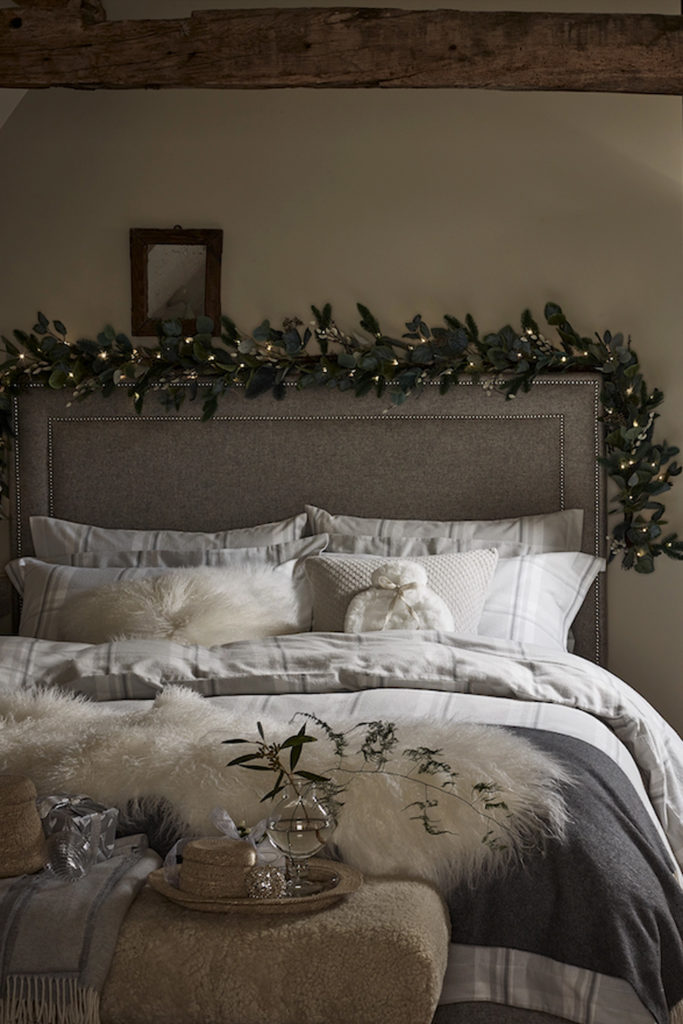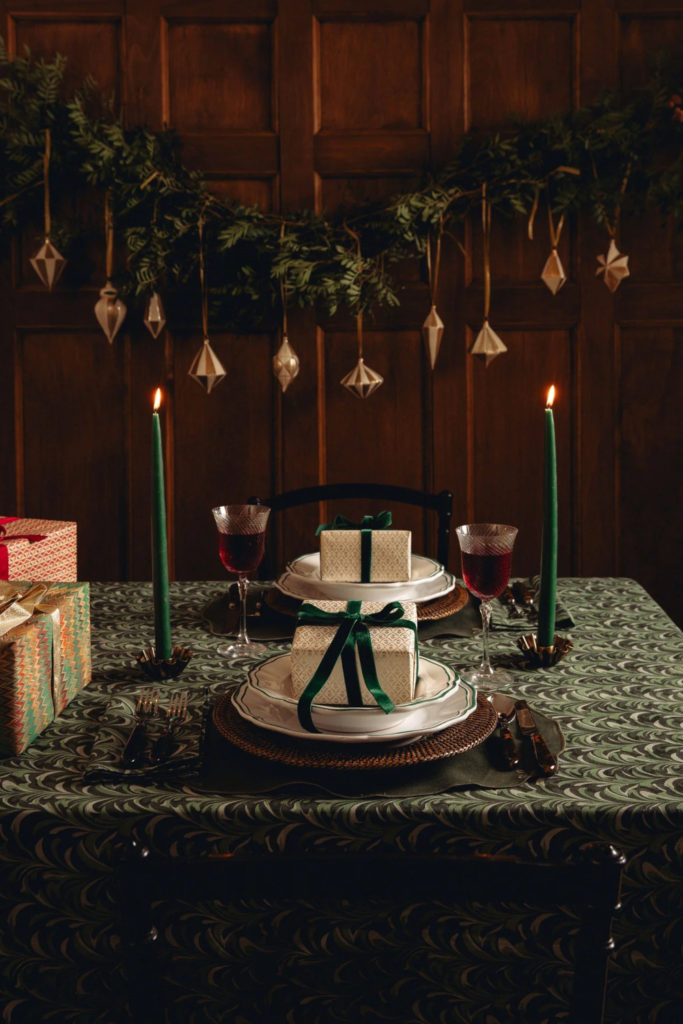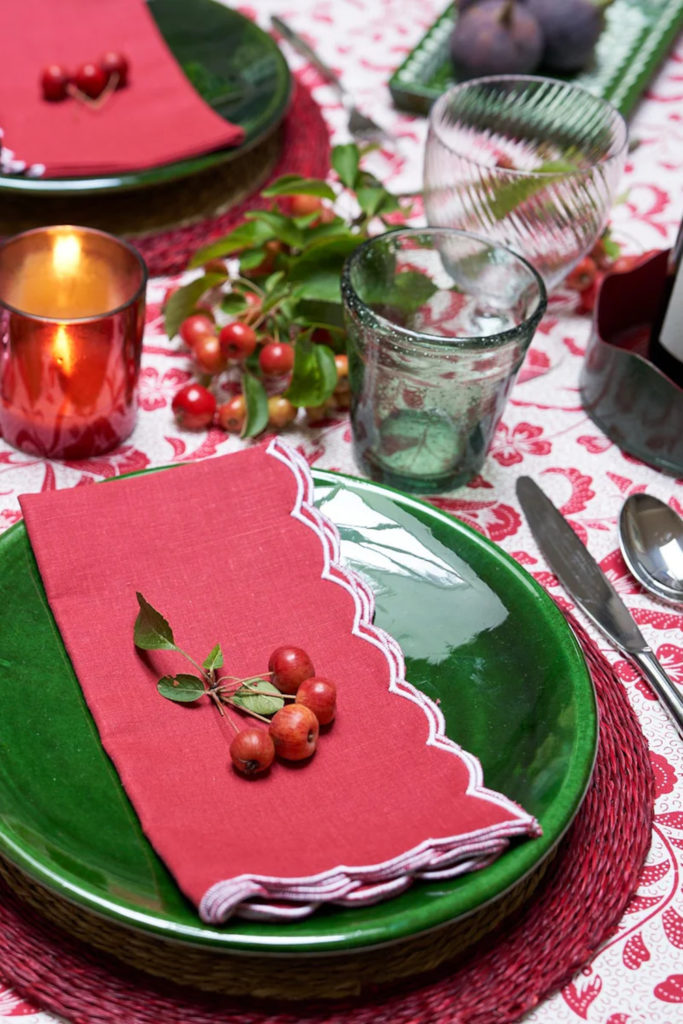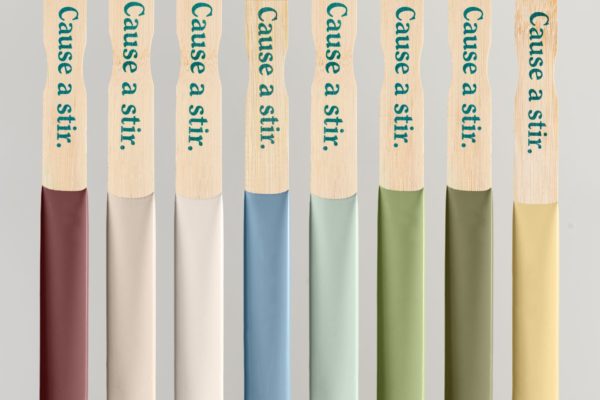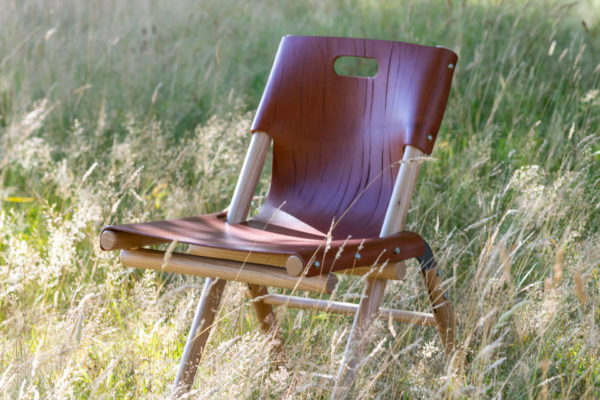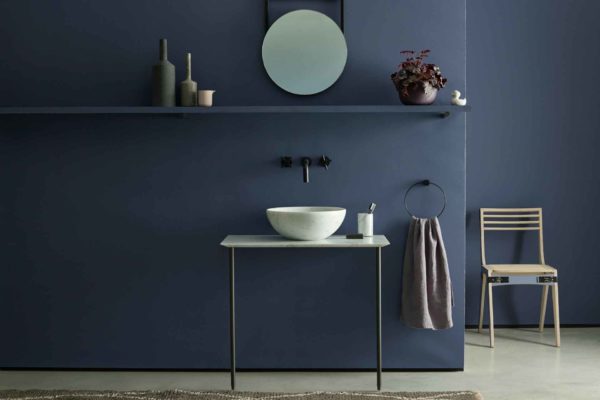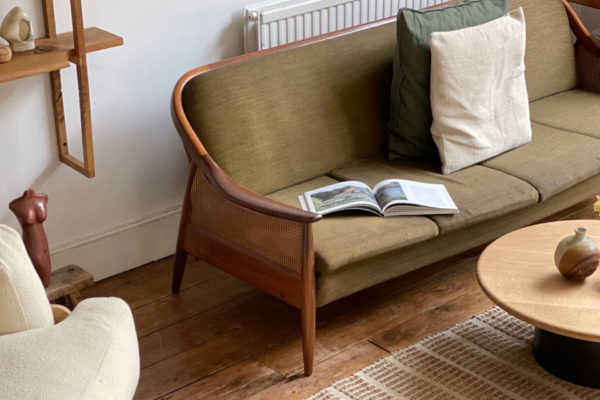Is Your Paint Poisoning The Planet?
By
2 months ago
We chatted to founder of sustainable paint brand Edward Bulmer to learn more
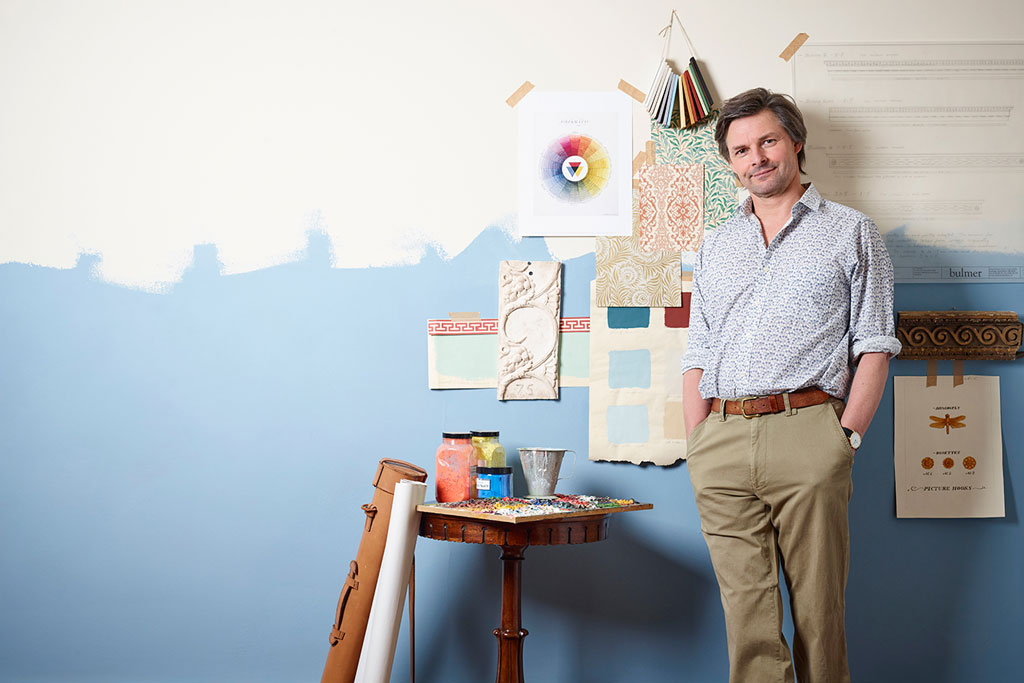
While we’re all cutting down on plastic straws, plastic bags and plastic packaging, other less obvious plastics remain hidden around our homes – often encircling our very walls. Most of the paints on offer in this day and age are made-up of petrochemicals (you know that stuff we want to stop pumping into our cars?). Plastic by another name, the manufacturing process often produces toxic waste products which are both harmful to people and the planet. But there is a way to decorate your home with much greener formulas. We caught up with founder of plant-based paint company Edward Bulmer to learn more.
Q&A With Plant-Based Paint Maker Edward Bulmer
What dangers can paints pose to people and the planet and what makes your paints comparatively eco-friendly?
Regular paints like ‘conventional’ farming are highly reliant on energy intensive processes and artificial chemicals. Some people are made ill by the petrochemicals in paint but the majority of us are suffering because modern paint making relies on ‘externalising’ the negative effects of manufacturing processes – in other words – pollution. This pollution is in the form of poor air quality, microplastic residues and carbon emissions.
You describe your paints as plant-based and petrochemical free. What are they made of?
Largely minerals and water. We do not need petrochemicals as our binder is made from plant materials, our pigments are mineral rather than synthetic dyes and we do not use multiple chemical additives to achieve good application performance.
Tell me about your origin story. When did you first realise you needed to react in response to the climate crisis?
In my early twenties I could see that organic farming balanced nature, animal welfare and human nutrition far better than agri-tech. It was a short step to realise we were doing the same thing to the biosphere by pumping it full of greenhouse gases through our energy systems and our addiction to plastic. A concerned interior design client gave me the opportunity to try out natural paints (they have been around for millennia) and I have never looked back – not least because the finish is so much more beautiful!
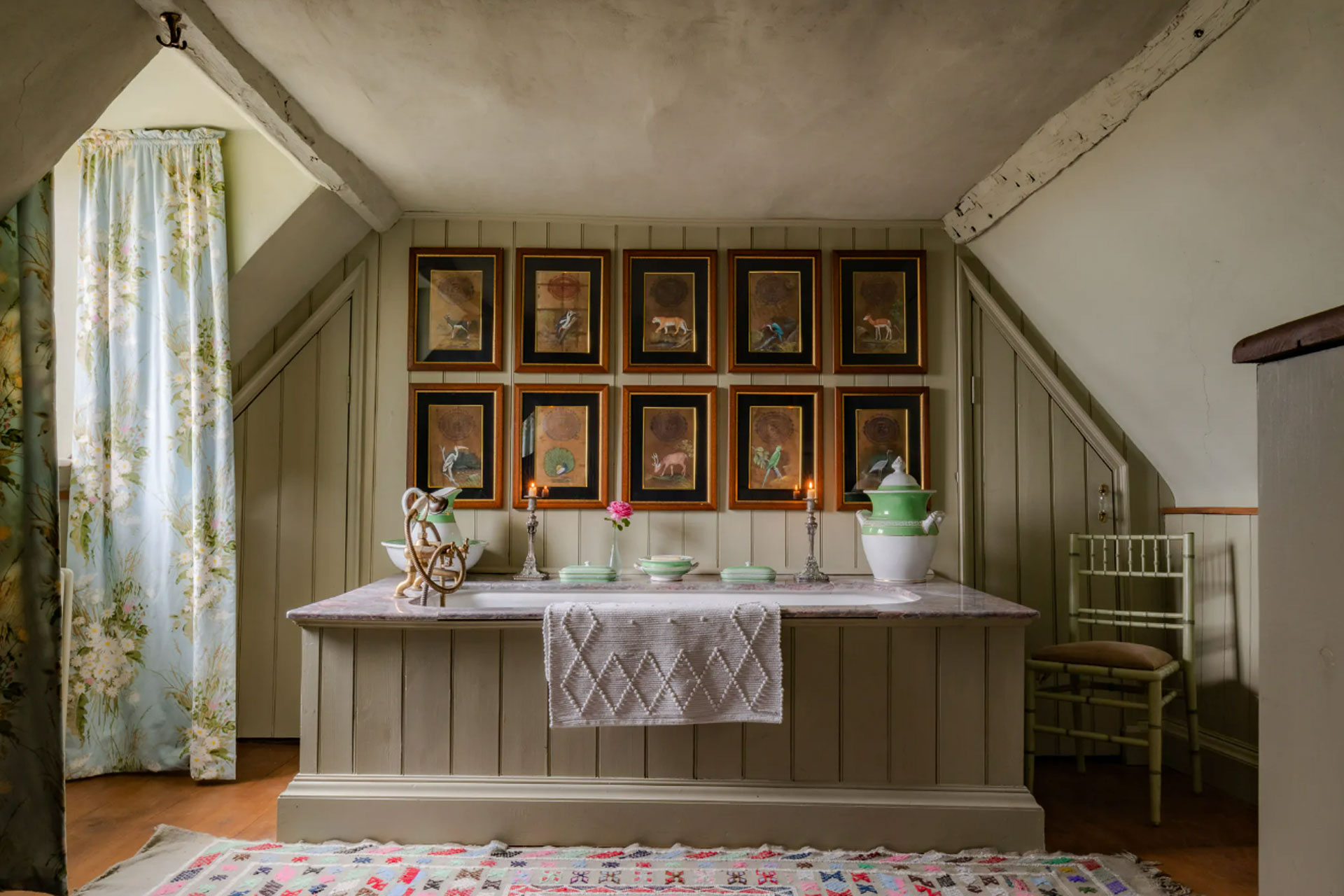
Image courtesy of Edward Bulmer
What is one thing you wish more people knew about most modern paints?
That they are just plastic by another name and they will always remain that – they never fully breakdown, they just become microplastic. The waste comes about because to make the byproduct of petrol refining useful you have to create a lot of waste in the processing.
Should we be wary of green-washing when choosing paints and how can we separate the fakes from the real deal? Can low and no VOC paints still be harmful and how?
Yes. See if the paint maker has signed the Anti Greenwash Charter. See if they have nothing to hide and declare all their ingredients. See if the binder is acrylic, alkyd or vinyl resin – they are all plastic.
What do you do to ensure full transparency as a brand?
By declaring the ingredients on the tin and being the only paint company with knowledgeable people on the end of the phone who REALLY want to help you.
How do you try to encourage biodiversity through your paints?
By raising awareness and using plant derived ingredients. Our factory is in the centre of a farm that is practicing regenerative agriculture.
You say your paints and products are as environmentally friendly as you can make them – what are your future hopes for innovation?
We still have some acrylic in our eggshell which we want to eliminate.
Are you concerned about the lack of urgency across the rest of the paint industry?
Yes. We may no longer be seeing so much climate denial, we are still seeing massive urgency denial!

